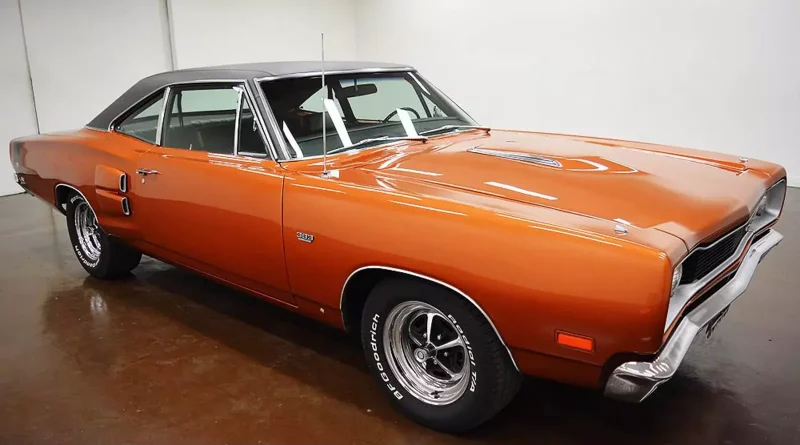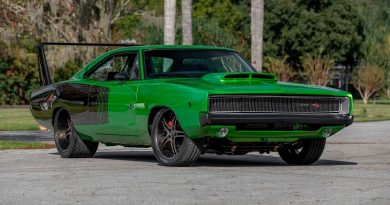1970 Dodge Coronet Super Bee
The Dodge Super Bee is a mid-sized muscle car marketed by Dodge, that was produced for the 1968 through 1971 model years.
In Mexico, the Super Bee was based on a compact-sized Chrysler platform and marketed from 1970 until 1980.
The Super Bee model name was resurrected for the 2007, 2008, 2009, 2012, and 2013 Dodge Charger Super Bee models.
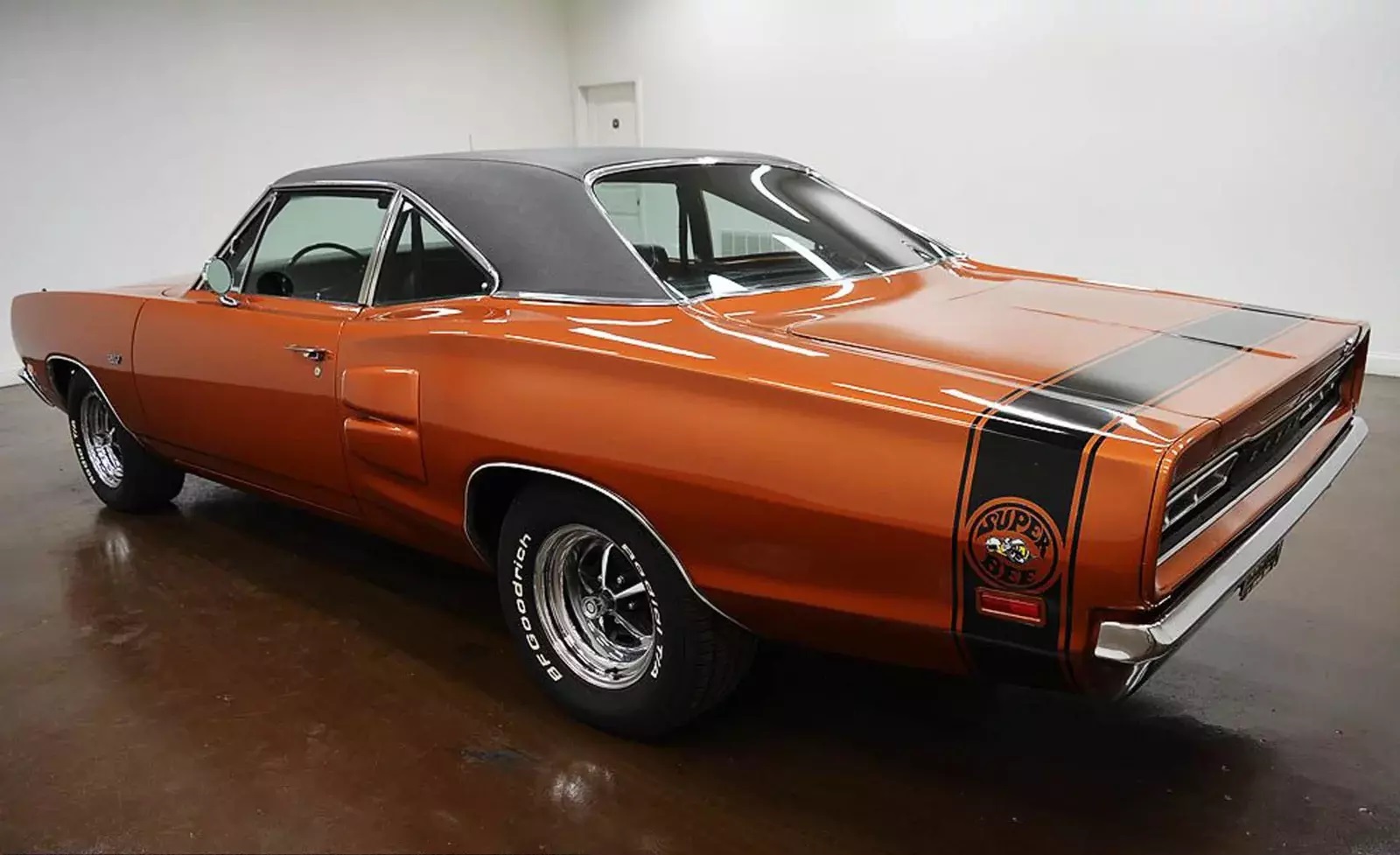
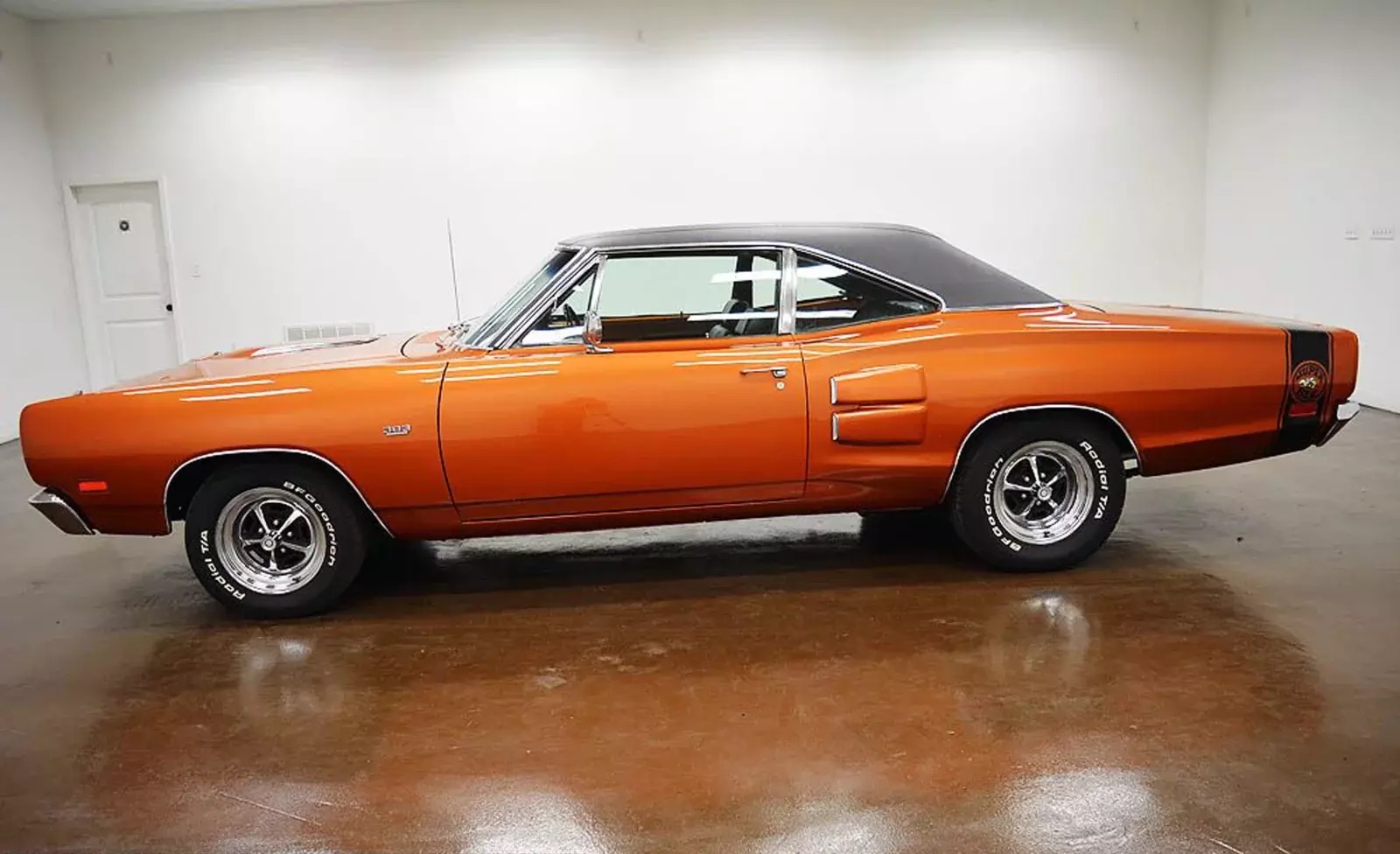
Dodge introduced the Coronet Super Bee during the middle of the 1968 model year. It was based on the Coronet 440 and was available as a coupe with pop-out rear windows. The car got the Super Bee moniker because it was based on the “B” body designation given to many Dodge midsized cars. It was easy to pick the Super Bee out of a crowd by its matte black grille, “power bulge” hood, and rear, dual wraparound bumblebee stripes. Other exterior features include F70 x 14 red line tires and Super Bee badging.
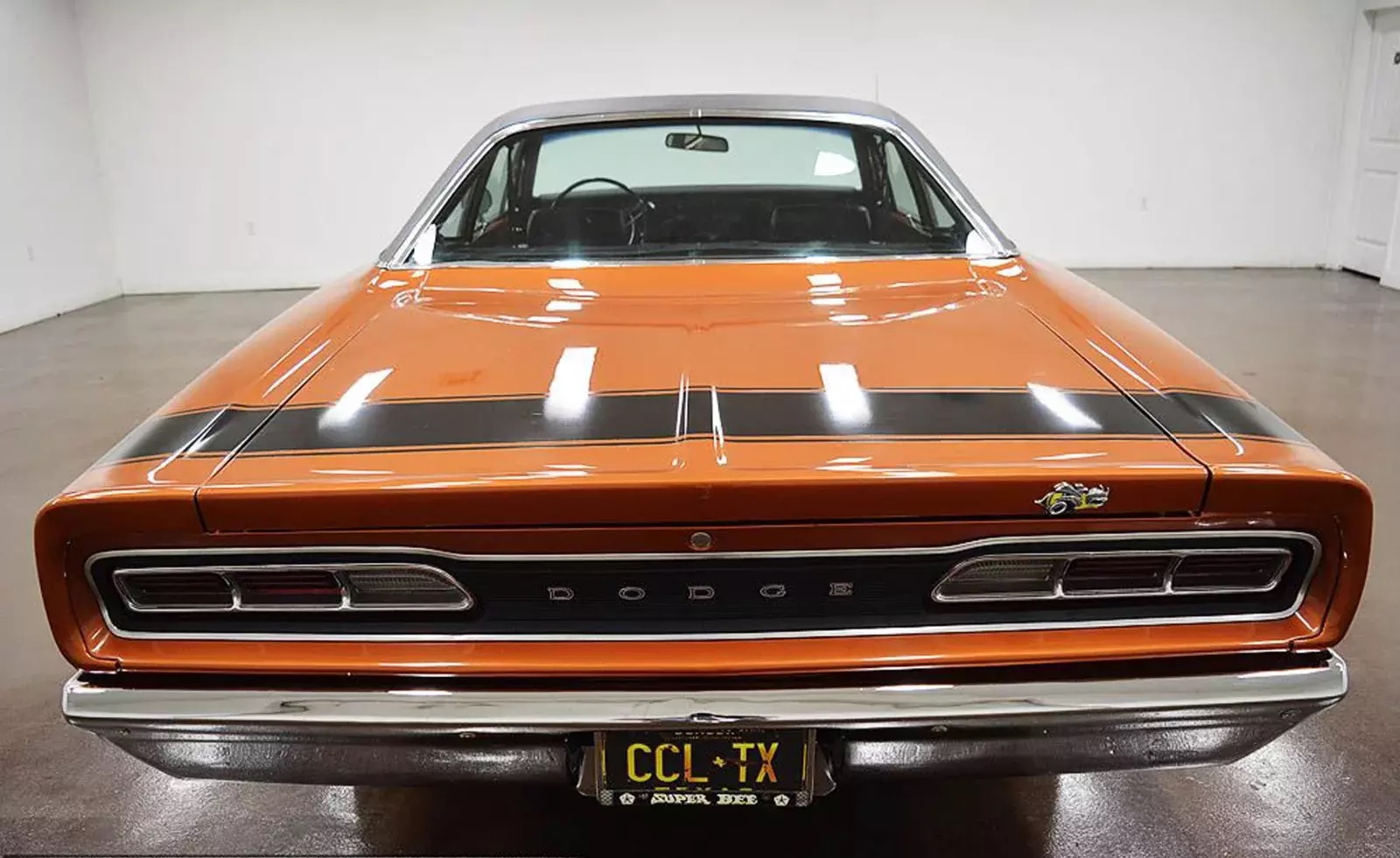
The interior got a standard bench seat, seat belts, sill-to-sill carpeting, and a padded rallye-style dashboard. Instrumentation included a circular speedometer, oil and temp gauges, and an electric clock.

The standard powerplant was a 383 cubic-inch V8 with 335 horsepower and 425 lb.-ft. of torque. It borrowed heads, valve gear, cam, and exhaust manifolds from the 440 Magnum. A four-speed manual transmission with heavy-duty clutch was standard. A column-shifted TorqueFlite three-speed automatic was optional. The 383 was fairly quick with a 0 to 60 time of 7.1 seconds and a quarter mile time of 15.0 seconds at 96 mph.
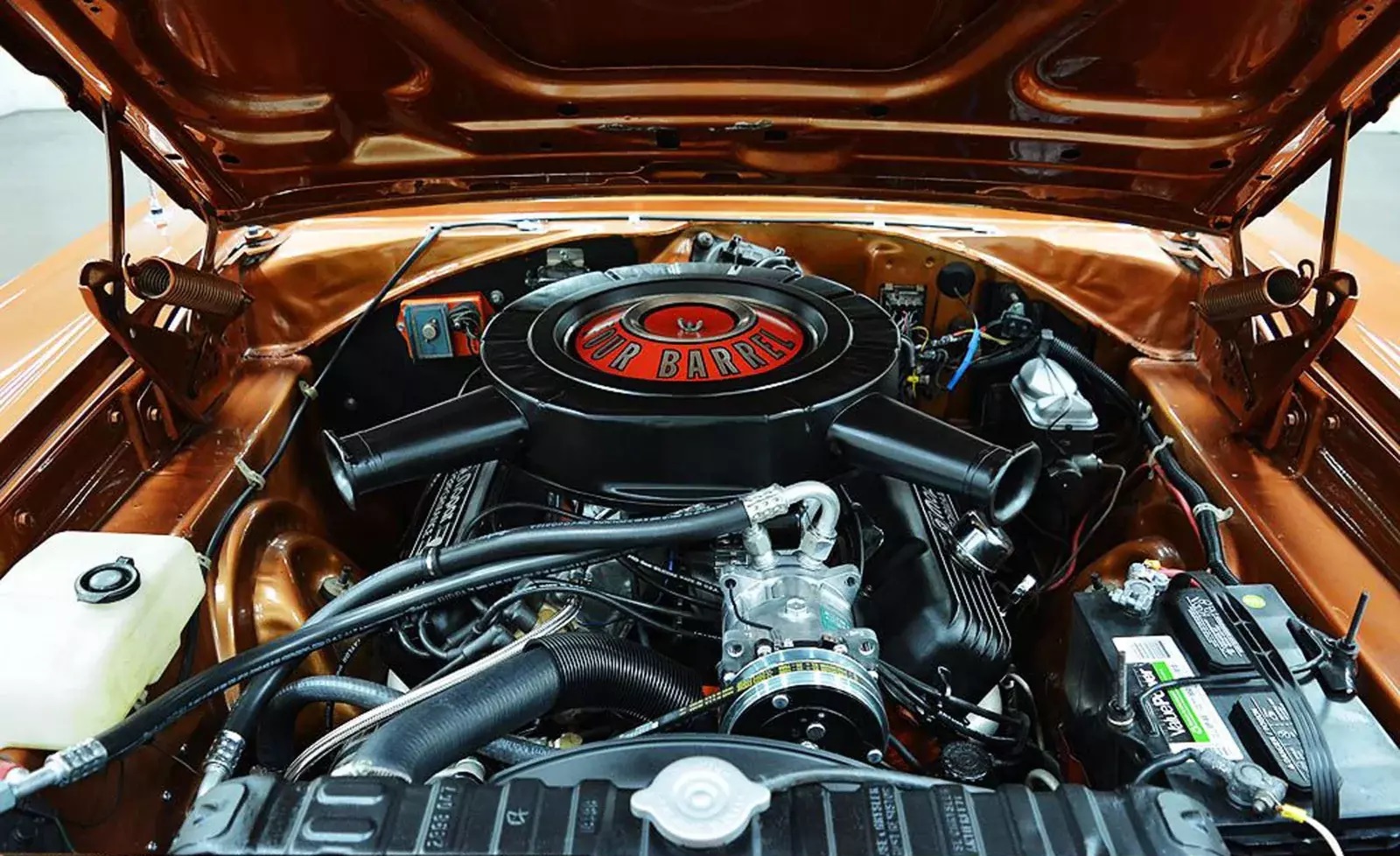
The Dodge Coronet Super Bee may have been a budget muscle car, but it was far from modest. With V8 power and a host of standard features, the Super Bee was proof you didn’t have to have deep pockets to be a member of the Scat Pack. Like many muscle cars of its era, the Super Bee’s time was short-lived. Between Uncle Sam tightening emission restrictions and insurance companies charging exorbitant rates on muscle cars, it wouldn’t “bee” long before the demise of the muscle car. Long live the Super Bee!


